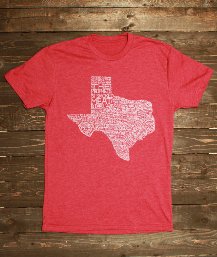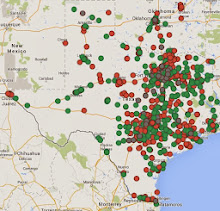
Meat preparation was our last subject, so this time we'll move on to the preparation of your fire. Important choices to make in the smoking process include which wood variety to smoke with and what type of charcoal. When choosing your smoking wood, you first need to exclude any soft woods like pine or poplar. They contain saps and resins which turn into creosote when burned. Who wants their brisket to taste like a railroad tie? That still leaves an incredible amount of hardwoods to choose from. Most of the fruitwoods like apple, pear, or pecan wood will have been subjected to repeated pesticide baths during its life, and those pesticides will release themselves into the meat, so steer clear unless you know the source. For the other hardwoods that remain, the important components are their level of moisture and the flavors they impart The arguments that usually ensue about which wood usually comes down to flavor. Alton Brown argues in his "Q" episode, that it takes about 6 hours of smoking before the particular varietal overtones are noticeable in the meat.
Another good resource for
wood flavor explanations is Smokalicious, and check SteelTown BBQ for an in depth explanation of wood smoke. I can't tell you which wood to choose. The best I can suggest is to experiment, but when you do, make sure the wood has a good level of moisture (soak dry wood in water with a dab of liquid soap for at least an hour before cooking) because dry wood will burn very hot with little smoke, and that's far from the point in low-and-slow smoking. Also, remove the bark because it may contain mold spores, bugs or other pests that you don't want in your fire. On to the second ingredient of your fire...the charcoal.



Charcoal is available in briquettes and lump form. Check out Serious Eats for a good comparison of the two. The creation of lump charcoal is easy to explain. You take wood, burn it in a oxygen deprived environment to drive out moisture and other impurities, and you're left with wood char. Briquettes have a few more ingredients. According to Kingsford, their ingredients are:
wood char: for heat
mineral char: also for heat
mineral carbon: also for heat
limestone: for the light-ash color
starch: to bind the other ingredients
borax: press release
sodium nitrate: to speed the ignition
sawdust: to speed the ignition

From this list, you can see why purists are so adamant about the use of lump charcoal. It simply seems like a pure product in comparison. It also burns hotter, lights easier, and leaves less ash behind than briquettes, but who needs those arguments when you got purity on your side? Either way you go, just know that those who use briquettes look like amatuers, so be sure to have some quick and reasonable comebacks ready for anyone who questions you if you choose briquettes.
-BBQ Snob











No comments:
Post a Comment